Enhancing Adhesion with Adhesive Primers: Tips and Tricks

Adhesive primers are the unsung heroes behind strong, long-lasting bonds in modern industrial and commercial applications. Whether you are bonding plastics, metals, composites, or elastomers, the right adhesive primer not only prepares the surface but also dramatically improves the durability and performance of your adhesive joints. For example, our 3M AC79 8oz Adhesive Primer is engineered for applications requiring robust adhesion on flexible substrates.
In this extensive guide, we explore the science behind adhesive primers, provide a deep dive into their chemistry and mechanisms, offer detailed application techniques, and present realistic case studies that illustrate how industries benefit from these advanced formulations. Our goal is to equip you with the knowledge needed to choose, apply, and maximize the performance of adhesive primers for your projects.
Table of Contents
- Introduction
- What Are Adhesive Primers?
- The Science Behind Adhesion
- Deep Dive into Primer Chemistry
- Types of Adhesive Primers
- Key Factors When Choosing an Adhesive Primer
- Application Techniques & Best Practices
- Detailed Case Studies
- Adhesive Primers vs. Other Bonding Methods
- Emerging Trends & Future Outlook
- Conclusion
- About the Author
Introduction

Adhesive primers are specially engineered coatings designed to optimize the bonding process between surfaces and adhesives. They are crucial for applications that demand exceptional bond strength and reliability. In this article, we break down the complexities of adhesive primers—from the fundamental science to practical application tips—ensuring that you have a complete understanding of their role in advanced bonding systems.
What Are Adhesive Primers?
At their core, adhesive primers are surface preparation agents that modify a substrate’s surface energy and chemistry. They work by depositing a thin film that enhances the ability of adhesives to “wet” the surface, ensuring a uniform and durable bond. This process addresses common challenges such as contamination, low surface energy, and insufficient mechanical interlocking.
By creating a chemically active interlayer, adhesive primers enable the adhesive to form strong secondary bonds, significantly reducing the likelihood of failures such as peeling, delamination, or incomplete curing. This is especially important when bonding materials like low-energy plastics or chemically inert metals. Learn more about our 3M P592 250 clr Metal Primer for flawless metal bonding.
The Science Behind Adhesion
Understanding the science behind adhesion is key to appreciating the value of adhesive primers. The adhesion process involves:
- Surface Energy and Wetting: A high surface energy allows adhesives to spread uniformly over a substrate. Many materials, especially polymers and elastomers, have low surface energy, making them difficult to bond without treatment.
- Intermolecular Forces: Adhesion is enhanced through van der Waals forces, hydrogen bonding, and sometimes covalent bonding between the primer and the substrate, and subsequently with the adhesive.
- Mechanical Interlocking: Primers can fill microscopic surface irregularities, creating a textured layer that helps the adhesive anchor mechanically.
- Diffusion and Chemical Interaction: Some primers are designed to partially penetrate the substrate, forming interpenetrating polymer networks that bolster the bond strength.

This multi-faceted approach to adhesion explains why adhesive primers are indispensable, especially when dealing with materials that are naturally resistant to bonding.
Deep Dive into Primer Chemistry
3M adhesive primers, among other leading formulations, are the culmination of extensive research in polymer chemistry and surface science. While proprietary formulas differ, most high-performance primers share common components:
- Solvent Systems: The solvent component is critical as it dissolves the active ingredients and enables the primer to form a uniform film. Fast-evaporating solvents ensure that the primer dries quickly, reducing production downtime. For instance, our 3M AC77 S-W 2oz Adhesive Primer is formulated with a high-performance solvent blend that accelerates drying.
- Active Surface Modifiers: These agents include coupling agents or adhesion promoters that contain functional groups designed to react with the substrate’s surface. They may convert a non-polar surface into a more polar one, enhancing chemical compatibility with the adhesive.
- Cure Accelerators: Particularly in cyanoacrylate systems, cure accelerators in the primer promote rapid polymerization, ensuring that the adhesive cures uniformly and quickly, even on challenging surfaces.
- Resins and Film-Formers: After the solvent evaporates, a thin film of resin remains. This film bonds with both the substrate and the adhesive, acting as a durable interlayer that sustains mechanical and chemical adhesion.

This intricate balance of chemistry allows adhesive primers to perform reliably across a range of substrates, ensuring robust bonds even under demanding conditions.
Types of Adhesive Primers
Adhesive primers come in several formulations, each designed to address unique challenges presented by different substrates and application conditions. The main types include:
1. Solvent-Based Adhesive Primers
Solvent-based primers are among the most traditional and versatile types available. They are formulated with organic solvents that dissolve active ingredients and ensure a smooth, uniform application. Here are some key points:

- Fast Drying: The solvents evaporate quickly, leaving behind a thin film that is ready for immediate adhesive application.
- Wide Substrate Compatibility: They work effectively on both porous and non-porous surfaces, including plastics, metals, and composites.
- High Adhesion Performance: By enhancing surface energy, they allow adhesives to spread evenly, forming strong chemical and mechanical bonds.
- Considerations: Due to the use of VOCs, proper ventilation and safety measures are required during application.
2. Water-Based Adhesive Primers
Water-based primers are engineered as environmentally friendly alternatives with low VOC emissions. They are particularly suited for applications where environmental regulations and operator safety are a priority. Key aspects include:

- Eco-Friendly: These primers have minimal environmental impact and are ideal for indoor or confined space applications.
- Ease of Use: They are generally easy to apply and clean up with water, reducing the need for harsh solvents.
- Performance: Although their drying time may be slightly longer than solvent-based primers, they still provide robust adhesion on a variety of substrates, particularly where chemical sensitivity is a concern.
- Limitations: They may not always provide the same level of performance on ultra-low-energy surfaces, so compatibility with your adhesive system should be verified.
3. UV-Curing Adheses and Primers
UV-curing primers leverage the energy of ultraviolet light to rapidly cure, making them ideal for high-speed production environments. Their characteristics include:

- Rapid Processing: UV exposure initiates immediate polymerization, dramatically reducing cure times and increasing production throughput. Check out our 3M UV Primer 1/2pnt for high-speed applications.
- Consistent Curing: The uniformity of UV light ensures even curing across complex geometries, which is critical for high-precision applications in electronics and automotive industries.
- Energy Efficiency: UV-curing systems often consume less energy compared to thermal curing methods, contributing to overall production efficiency.
- Specialized Equipment: This method requires UV light sources and controlled exposure settings; for larger volume applications, our 3M UV Primer 1gal and 3M UV Primer 1qt options offer versatile solutions. Additionally, consider our 3M 3901 1/2pt variant for specialized applications.
4. Acid-Etch Adhesive Primers
Acid-etch primers are specifically formulated for metal substrates. They chemically etch the metal surface, creating micro-roughness that improves mechanical interlocking with adhesives. Their key attributes include:

- Enhanced Mechanical Bonding: The etching process increases the surface area and creates micro-pores, allowing the adhesive to anchor more effectively.
- Effective on Difficult Metals: Particularly beneficial for metals such as stainless steel, aluminum, and galvanized surfaces, which often resist bonding due to oxide layers.
- Improved Durability: The etched surface promotes a bond that is highly resistant to environmental factors, including corrosion, moisture, and temperature extremes.
- Safety Considerations: Handling acid-based formulations requires strict adherence to safety protocols, including personal protective equipment and proper ventilation.
- For optimal metal bonding, our 3M P592 250 clr Metal Primer is a proven solution.
Key Factors When Choosing an Adhesive Primer
Selecting the ideal adhesive primer for your application is a multifaceted decision that requires a deep understanding of both your materials and operating conditions. Consider the following critical factors:
1. Substrate Compatibility
Each substrate has unique characteristics—such as surface energy, chemical composition, porosity, and texture—that influence how well a primer will perform. When choosing a primer, evaluate:

- Material Type: Different materials (plastics, metals, composites, elastomers) require specific primer chemistries tailored to their unique properties.
- Surface Condition: Consider whether the substrate is smooth, oxidized, or contaminated. Some primers are designed to include cleaning agents or mild etching properties to prepare the surface more effectively.
- Existing Treatments: If the substrate has been pre-treated with methods such as plasma or corona discharge, ensure that the chosen primer is compatible with those surface modifications.
2. Adhesive Compatibility
Not all primers are created equal when it comes to their interaction with adhesives. Key factors include:

- Chemical Synergy: Verify that the functional groups in the primer complement the adhesive's chemistry. This compatibility is essential for forming a strong, durable bond.
- Bonding Mechanism: Some adhesives cure via free radical, ionic, or moisture-curing mechanisms. Select a primer that enhances the specific curing process of your adhesive.
- Technical Documentation: Always refer to the technical data sheets and compatibility charts provided by manufacturers to ensure optimal pairing.
3. Environmental Conditions
The conditions under which the bond will operate significantly impact performance. Consider:

- Ambient Temperature & Humidity: Ensure the primer can cure correctly under your facility's environmental conditions and maintain performance during operational temperature fluctuations.
- Chemical Exposure & UV Resistance: For outdoor or industrial applications, choose a primer that resists degradation from chemicals, moisture, and UV light.
- Longevity: Evaluate how the primer performs under accelerated aging tests to predict its long-term durability in your specific environment.
4. Application Method
The method of applying the primer affects both its performance and the overall efficiency of the bonding process. Consider:

- Application Techniques: Determine whether the primer will be applied by spraying, brushing, rolling, or using specialized equipment like flow guns. The right method ensures a consistent, even film.
- Curing Requirements: Some primers require specific curing methods such as UV exposure or thermal curing. Ensure your setup can accommodate these requirements for optimal performance.
- Consistency: Uniform application is critical to prevent weak spots that can compromise the bond.
5. Safety, VOC, and Regulatory Compliance
Health, environmental, and regulatory considerations are essential, especially in industrial settings:

- VOC Content: Lower VOC formulations are desirable, particularly in indoor or confined areas to ensure operator safety and regulatory compliance.
- Regulatory Standards: Ensure that the primer meets local and international regulatory standards (e.g., TSCA, REACH) to avoid compliance issues.
- Handling and Storage: Consider the safety measures required for storage, handling, and disposal of the primer, including the use of personal protective equipment and adequate ventilation.
6. Cost and Supply Chain Considerations
Finally, practical factors such as cost and availability can influence your decision:

- Price vs. Performance: Balance the upfront cost with the long-term benefits of improved bond strength and reduced rework. Sometimes a higher-priced primer can lead to overall cost savings.
- Supply Reliability: Ensure that the primer is readily available and that your supplier can meet your production demands consistently.
- Technical Support: Access to expert advice, detailed technical documentation, and responsive customer service can be invaluable when troubleshooting or optimizing your bonding process.
Application Techniques & Best Practices
Achieving a high-quality bond is as much about proper application as it is about chemistry. Follow these steps for optimal primer application:
- Surface Preparation: Thoroughly clean the substrate to remove dust, grease, and contaminants. Use an appropriate solvent or cleaning agent and allow the surface to dry completely.
- Primer Application: Apply the primer in a thin, even layer. Over-application can hinder the performance of the adhesive, while under-application might leave areas unprotected.
- Drying and Curing: Allow the primer to dry according to the manufacturer's specifications. Drying may occur via air drying, oven curing, or UV light, depending on the primer type.
- Adhesive Application: Once the primer is fully cured, apply the adhesive in line with its instructions. This two-step process creates a robust bond that is less likely to fail.

For maximum effectiveness, it is advisable to test the primer-adhesive combination on a small scale before full-scale production.
Detailed Case Studies: Real-World Applications
Case Study 1: Automotive Industry – Bonding Plastic Trim and Emblems
Background: A leading automotive manufacturer was experiencing recurring issues with bonding low-surface-energy plastics used in trim, emblems, and interior components. These parts were failing under thermal cycling, vibration, and prolonged UV exposure.
Solution: The company integrated a high-performance solvent-based adhesive primer into their production line. This primer was specifically chosen for its ability to raise the surface energy of polymer components, ensuring a uniform, thin film that enhanced the bonding properties of a high-strength acrylic adhesive. The process also incorporated in-line quality checks using non-destructive peel tests to validate bond strength. For larger production volumes, they even opted for the 3M AC79 S-W 2oz Bulk option to streamline their operations.
Results: After implementation, the rate of part failures dropped by over 40%, assembly times were reduced thanks to the rapid drying characteristics of the primer, and the overall durability of bonded components improved significantly. Enhanced adhesion resulted in a smoother finish and superior resistance to extreme weather and mechanical stress, ultimately improving customer satisfaction and reducing warranty claims.

Case Study 2: Aerospace Industry – Bonding Composite Materials
Background: An aerospace manufacturer faced challenges bonding carbon fiber-reinforced polymers (CFRP) to aluminum structural components. Traditional bonding methods resulted in inconsistent bond strength and occasional delamination, posing risks to aircraft safety and performance under high-stress conditions.
Solution: A dual-priming strategy was implemented. Initially, an acid-etch adhesive primer was applied to the aluminum surfaces to microscopically roughen the substrate and create micro-pores. Next, a specialized primer formulated for composite materials was applied on the CFRP surfaces. This comprehensive surface conditioning allowed a high-performance epoxy adhesive to form a robust and durable bond.
Results: Extensive testing revealed a 50% increase in bond strength, with the new process meeting stringent aerospace certification standards. The enhanced bonding not only improved structural integrity but also contributed to weight reduction and improved fuel efficiency in the final aircraft design. Long-term durability tests confirmed that the bonds could withstand extreme temperatures and vibration loads, ensuring safety and performance in critical applications.

Case Study 3: Electronics Industry – Securing Circuit Boards and Components
Background: A high-density electronics manufacturer encountered delamination issues on circuit boards, leading to increased warranty claims and costly rework. The delicate nature of electronic components required a bonding process that could withstand thermal cycling and mechanical shock.
Solution: The manufacturer adopted a UV-curing adhesive primer to rapidly condition the surfaces of circuit boards and electronic components. This primer provided a uniform, high-energy layer even in the presence of fine contaminants, enabling a fast-curing, high-performance adhesive to create a reliable bond. Rigorous testing was conducted to fine-tune the UV exposure and cure times for optimal performance. For instance, they leveraged our 3M UV Primer 1qt in their process.
Results: Production throughput improved significantly with a 70% reduction in cycle time, and overall product reliability was enhanced markedly. Field tests confirmed that the new bonding process delivered superior resistance to thermal cycling and mechanical shock, leading to a substantial decrease in rework rates and warranty claims. The improved process bolstered the manufacturer’s reputation for high-quality, durable electronics.

Adhesive Primers vs. Other Bonding Methods
When compared to traditional bonding methods—such as mechanical fasteners or welding—adhesive primers offer several distinct advantages:
- Uniform Stress Distribution: Adhesive bonds created with primers distribute stress evenly across the interface, reducing localized stress concentrations and the risk of failure.
- Vibration and Impact Resistance: The flexibility of adhesive bonds allows them to absorb and dissipate energy, making them ideal for applications subjected to continuous mechanical stress.
- Sealing and Corrosion Protection: Many adhesive primers also act as a sealant, preventing moisture, chemicals, and contaminants from reaching the bonded interface.
- Design Flexibility and Weight Reduction: Adhesive bonding permits the joining of dissimilar materials and complex geometries without the need for bulky fasteners, contributing to overall weight reduction and improved product aesthetics.
- Cost-Effectiveness: Reduced need for mechanical fasteners and less rework due to bond failures lead to lower production costs over time.

Emerging Trends & Future Outlook
Advances in materials science and surface engineering continue to push the boundaries of what adhesive primers can achieve. Emerging trends include:
- Nano-Enhanced Primers: Incorporating nanomaterials to further improve surface energy modification and mechanical interlocking.
- Smart Primers: Formulations that change properties in response to environmental conditions, offering adaptive bonding performance.
- Eco-Friendly Solutions: Continued development of water-based and low-VOC primers to meet increasingly strict environmental regulations.
- Integrated Surface Treatments: Combining plasma, laser, or corona treatments with adhesive primers for superior bond performance on ultra-low-energy surfaces.

Conclusion: Achieving Strong and Durable Adhesion
Adhesive primers are a cornerstone of modern bonding technology, enabling the creation of strong, durable, and resilient adhesive joints across a vast array of materials and industries. By understanding the science behind adhesion, the critical role of primer chemistry, and the proper application techniques, you can significantly enhance the reliability and performance of your bonds.
Whether you are in automotive manufacturing, aerospace assembly, or electronics production, choosing the right adhesive primer and following best practices is essential. Embrace the power of advanced surface preparation and unlock the full potential of your adhesive systems. For further product details, consider our 3M AC79 1gal Adhesive Primer for high-volume applications.
For more in-depth technical resources and a comprehensive range of industrial adhesive solutions, visit our Shop Adhesive Primers page. Start building stronger, more durable bonds today!




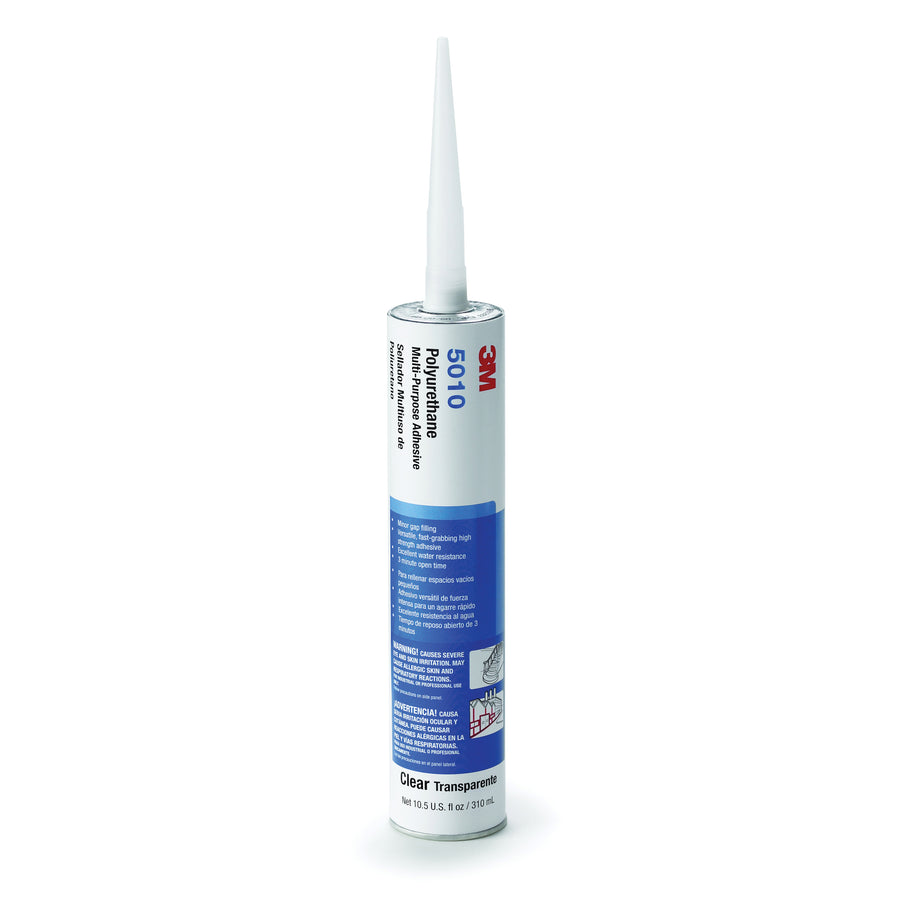
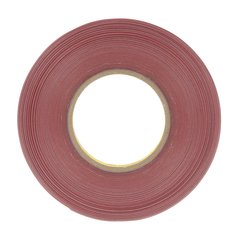
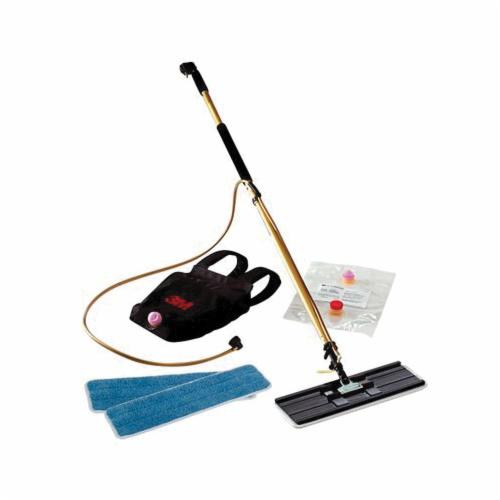





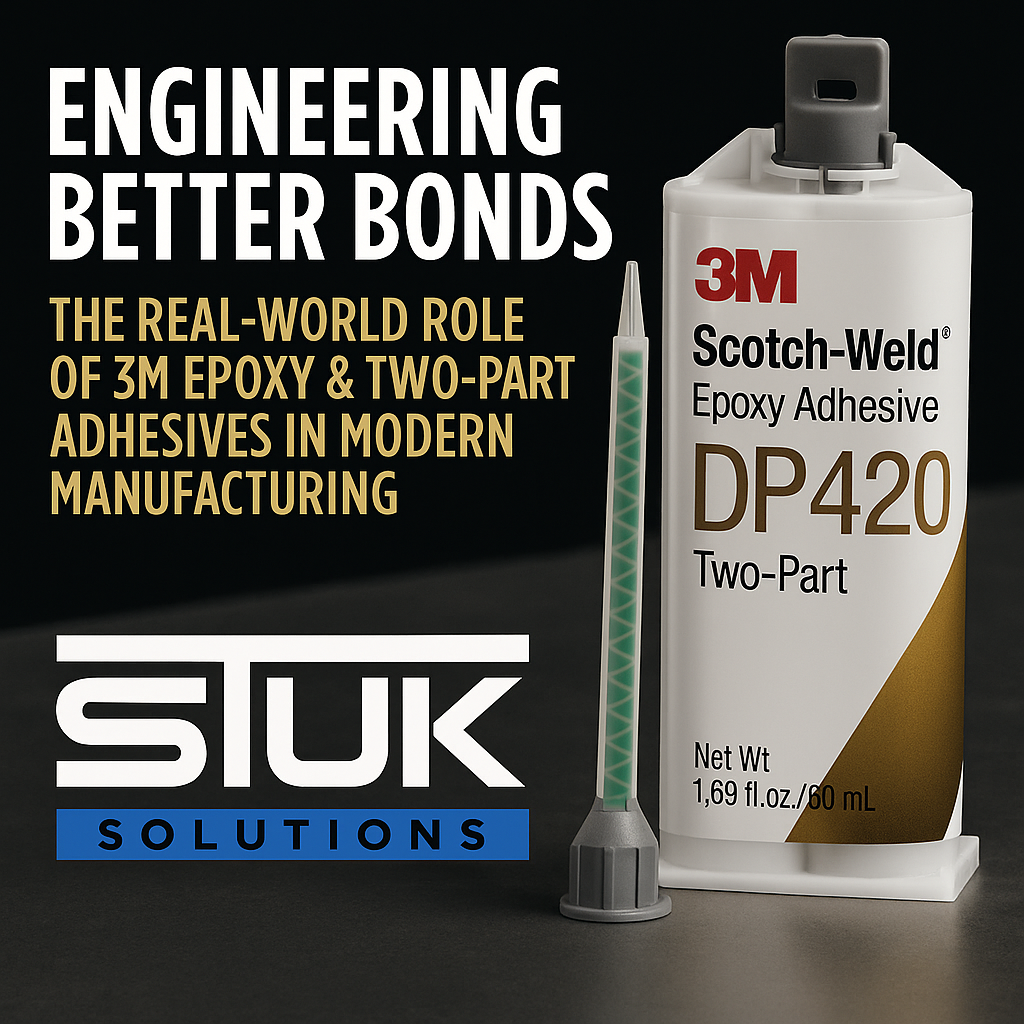

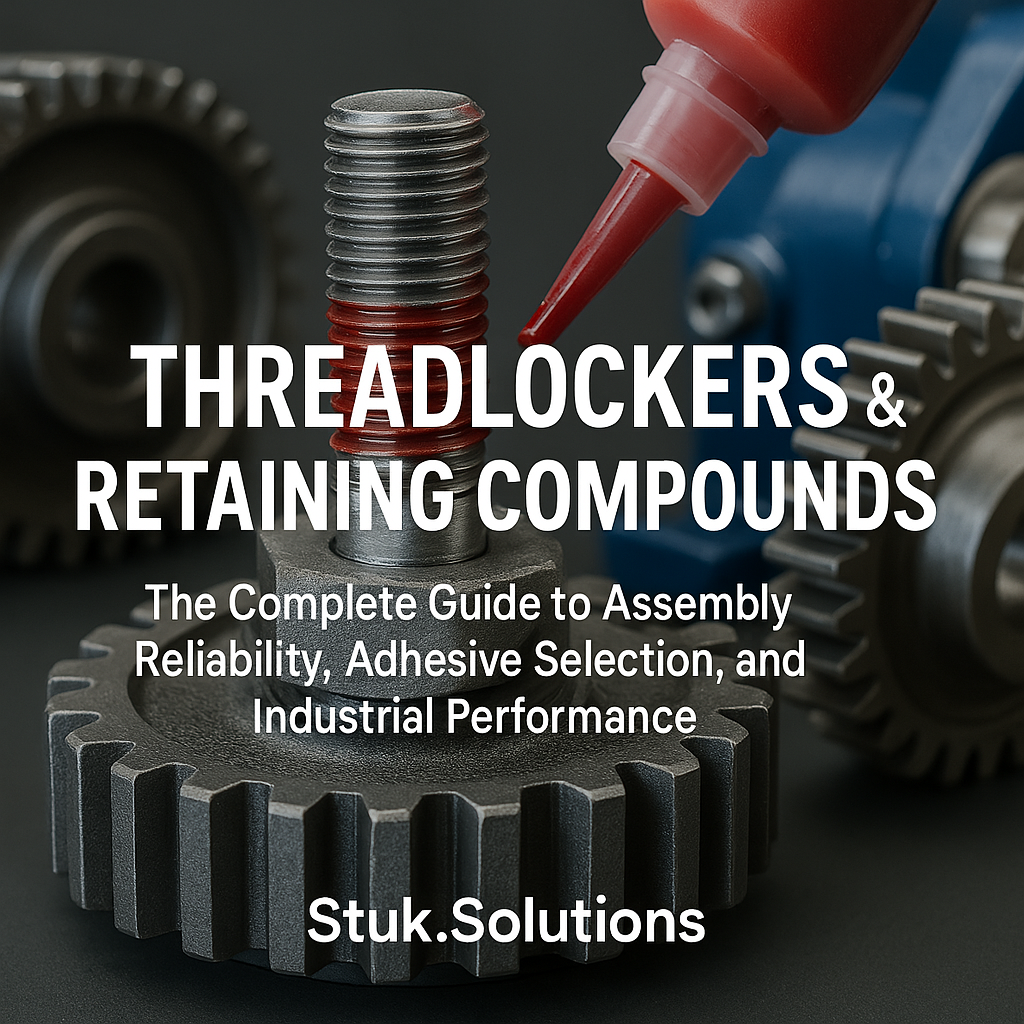

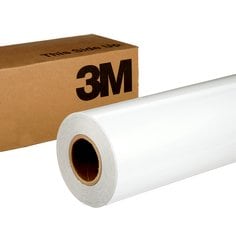
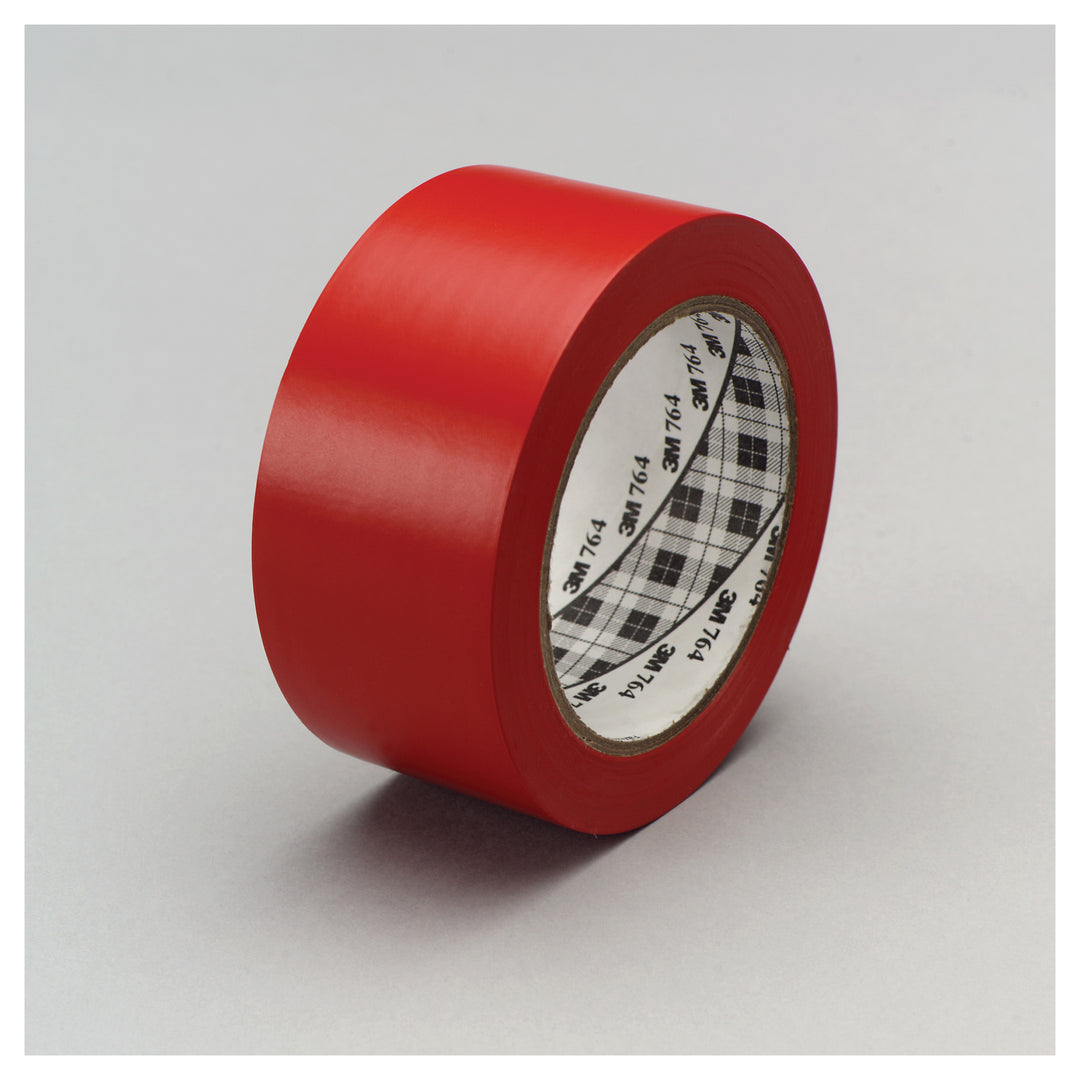

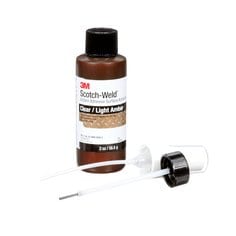
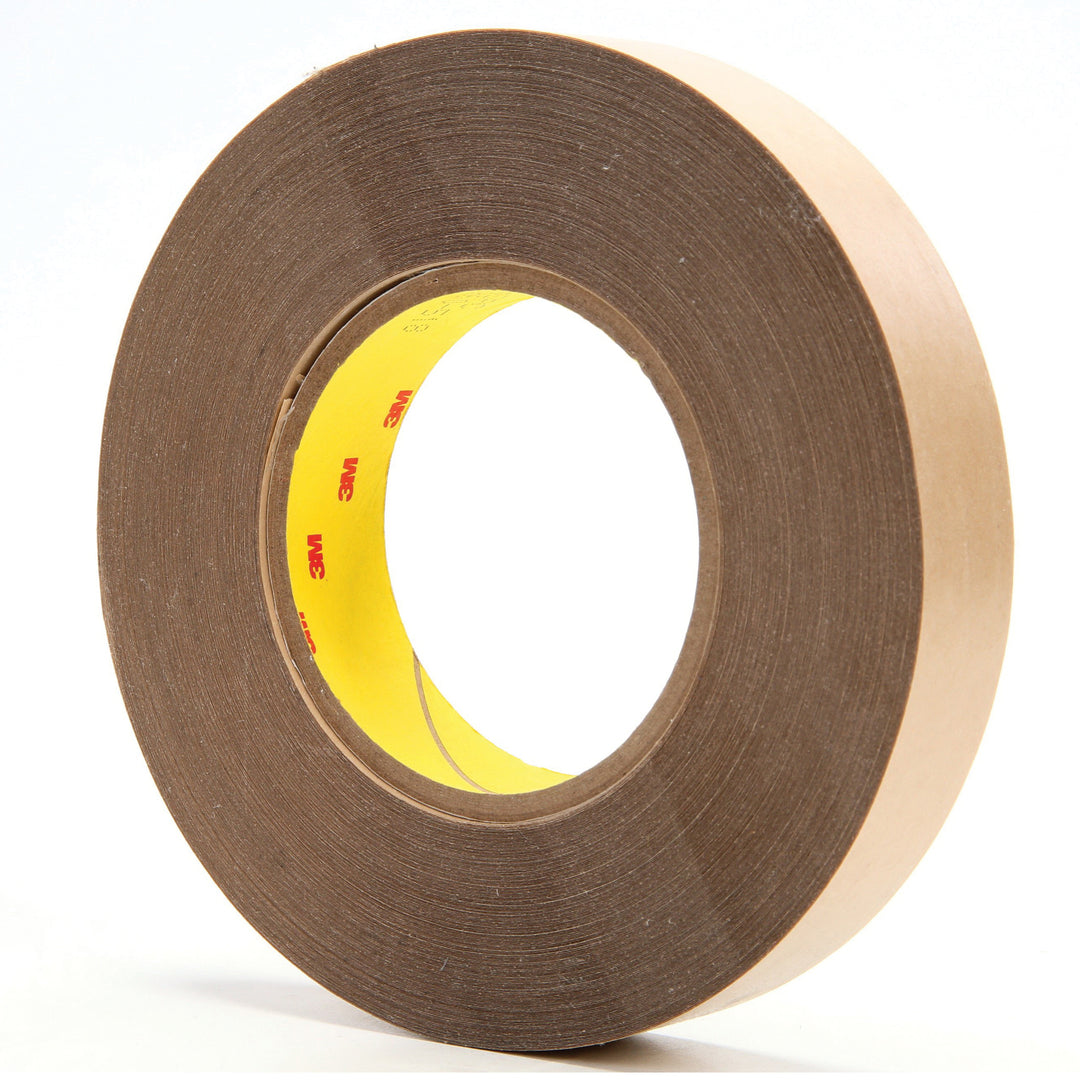

Leave a comment